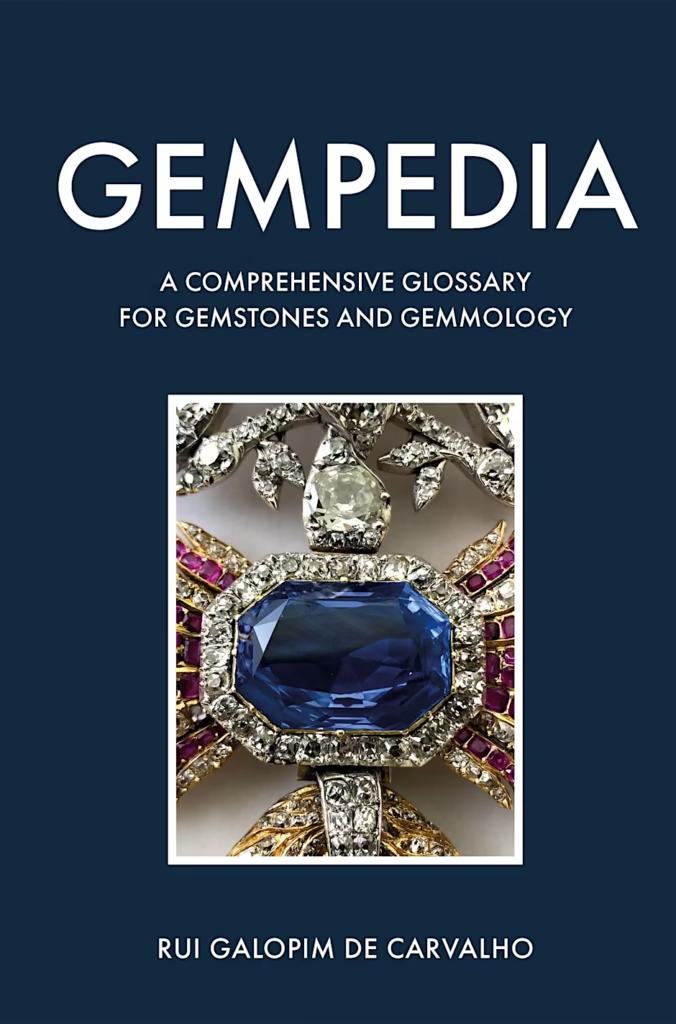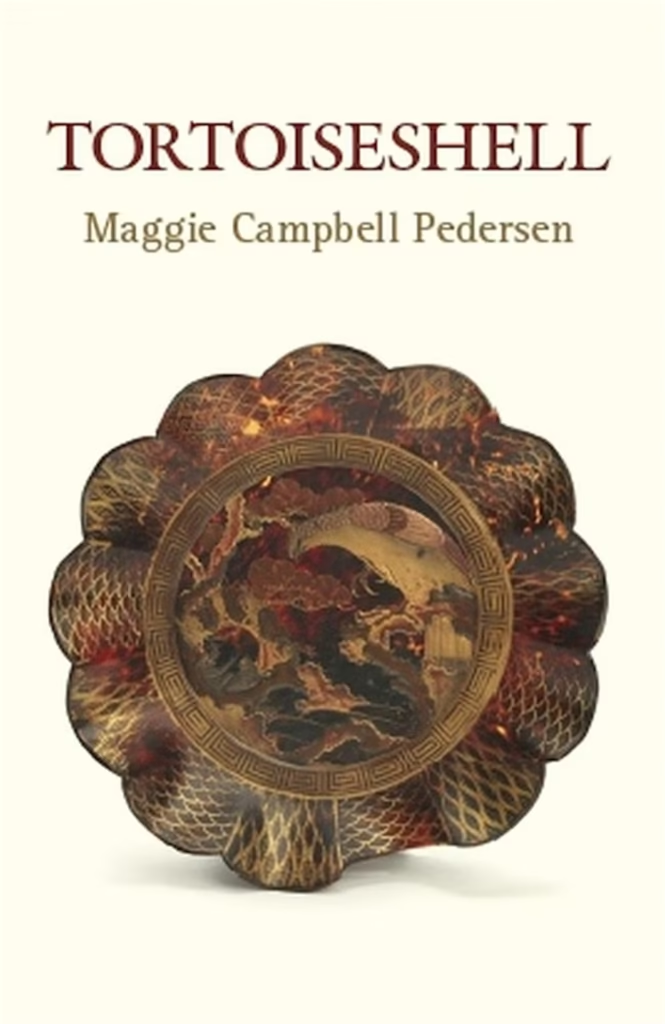Buying Guide: What Are the Different Types of Garnet?
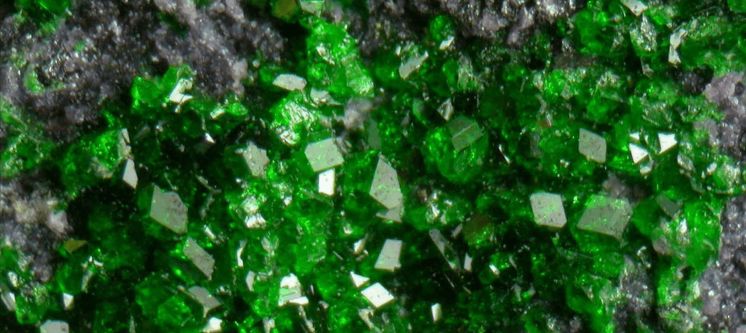
Within the garnet group of minerals there are six species that can produce gem-quality stones. Here, Gem-A Gemmology Tutor Pat Daly FGA, explores the essential types of garnet and shares some important information to help your gemstone and/or jewellery buying decisions… The garnets are a group of minerals, some of which are so beautiful that […]
Buying Guide: What Are Hardstones?

What is the meaning of a hardstone? We often hear the word ‘hardstones’ when shopping for jewellery, but what does this term actually mean and what gemstones can feasibly be called ‘hardstones’? Gem-A Gemmology Tutor, Pat Daly FGA DGA, shares his view on the meaning (or should we say lack of meaning) behind the concept […]
The Largest Blue Diamonds that Gemmologists Should Know

Blue diamonds are some of the rarest in nature and command phenomenally high prices at auction. Here are some of the most significant blue diamonds that gemmologists should be aware of, including the De Beer Cullinan Blue Diamond that was sold at auction for US $57.4 million. Coloured diamonds are not only wonderful to look […]
Understanding Boulder Opal

Deep in the Australian outback miners labour tirelessly through tons of rock in the hope of finding a fine source of boulder opal. But what exactly is boulder opal, and why is it so desirable? Here, Gem-A Stone Curator and ODL Tutor Barbara Kolator FGA DGA explores this highly-prized desert gem. What is Boulder Opal? […]
The History, Heritage and Hype behind Golconda Diamonds

Renowned jewellery historian and published author, Jack Ogden FGA, traces the history of Indian diamonds and questions the sustained marketing hype around the famous Golconda mines. Today India is the largest centre for diamond cutting, handling some 90 percent of the world’s diamonds. But most who cut, sell or buy these diamonds, in the cutting […]
Understanding Specific Gravity and Why it is Vital to Gemmologists
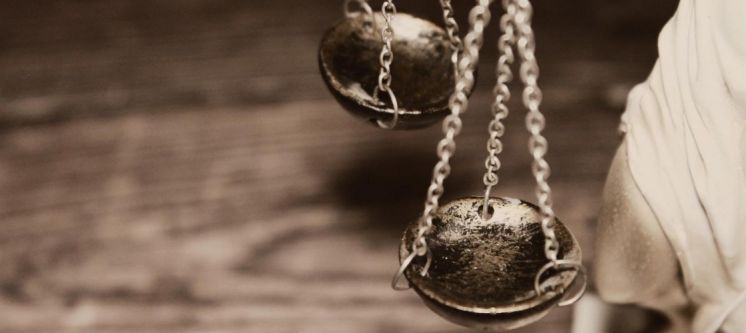
Specific Gravity is a vital test that all gemmologists need to be aware of. Here, Gem-A Gemmology Tutor, Dr Juliette Hibou FGA, explains the concept of specific gravity and how it is used by gemmologists to aid in gemstone identification. Different gemstones have different densities; this property is used to differentiate between materials. In gemmology, we […]
American Gemstones: Benitoite from California

In 1907, by the headwaters of California’s San Benito River, a new blue gemstone was discovered which was to be named benitoite. Here, Elizabeth A. Gass FGA, Gemstone Advancement and Education Coordinator at Jewelry Television (JTV), takes a closer look at this all-American gemstone. The United States is a geographically vast and geologically diverse nation. […]
Historic Uses of Topaz Gemstones in Jewellery
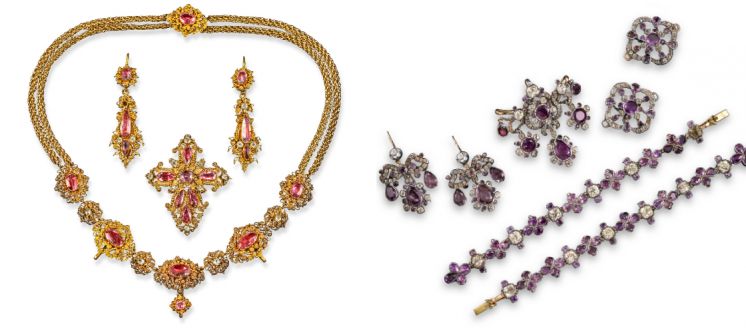
Jewellery historian and valuer, John Benjamin FGA DGA FIRV, shares insights into the history of topaz gemstones in jewellery, including its symbolism, fluctuating popularity and evolving style. Topaz is one of the most elegant and subtle of gems. I studied first year gemmology in the early 1970s. Our excellent tutor, Denis Inkersole, invited the class […]
American Gemstones: Red Beryl from Utah
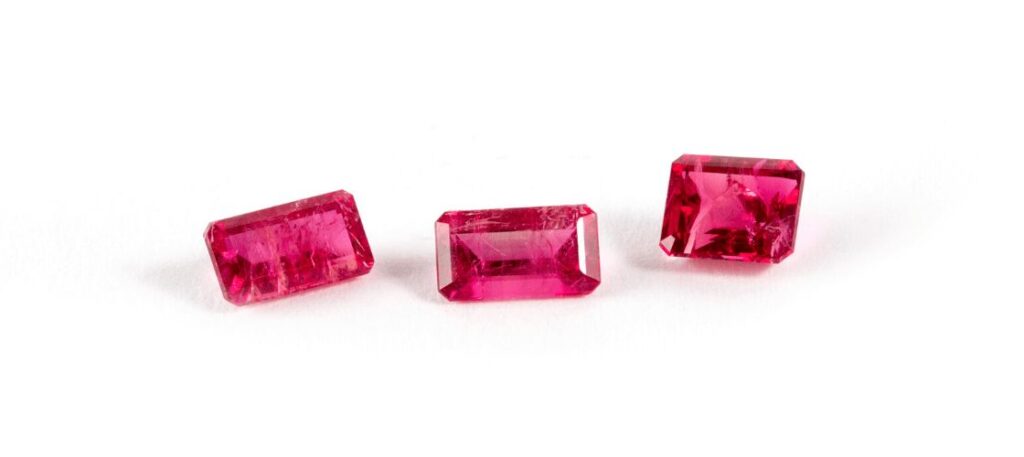
One of the rarest gemstonesto be found in the United States – and indeed the world – is red beryl. Here, Elizabeth A. Gass, Gemstone Advancement and Education Coordinator at Jewelry Television (JTV), explores the mining history and natural origins of this special red gem. Many mineral discoveries in the US were made by those in search of the ‘mother lode’ but instead miners found themselves looking at something totally […]
American Gemstones: Sweet Home Mine Rhodochrosite from Colorado

Rhodochrosite can be found in various locations across the world however the most iconic variety is widely agreed to be from the Sweet Home Mine in Colorado. Elizabeth A. Gass, Gemstone Advancement and Education Coordinator at Jewelry Television (JTV), takes us through the history of rhodochrosite mining at the Sweet Home Mine and explores the legendary status acquired by […]
